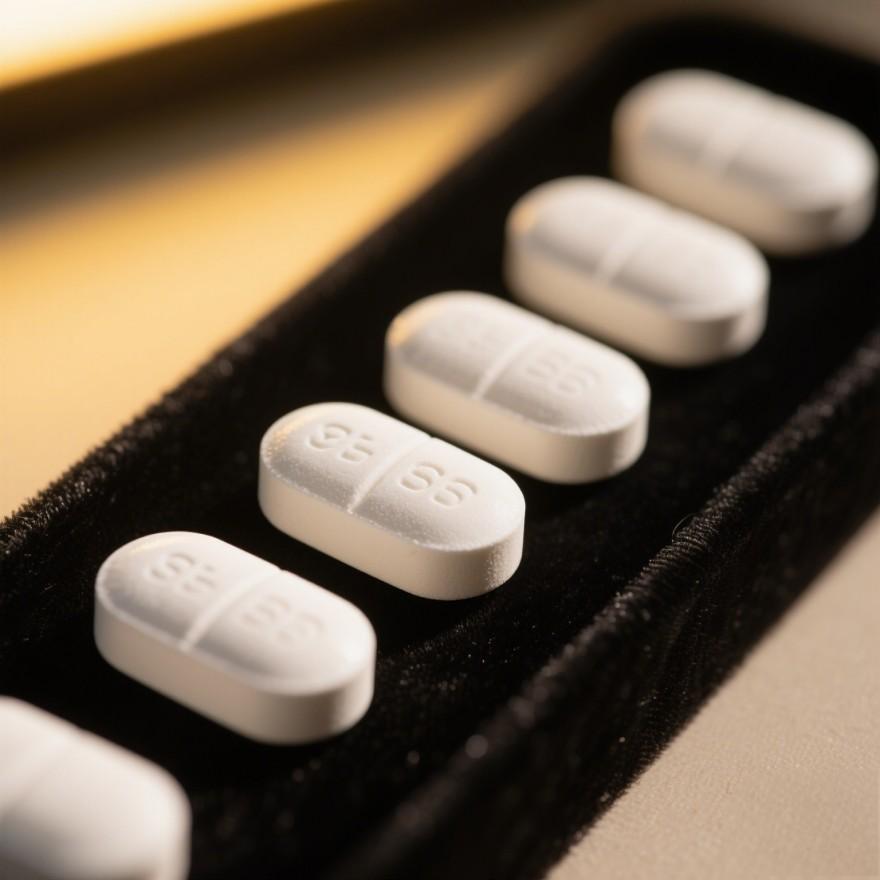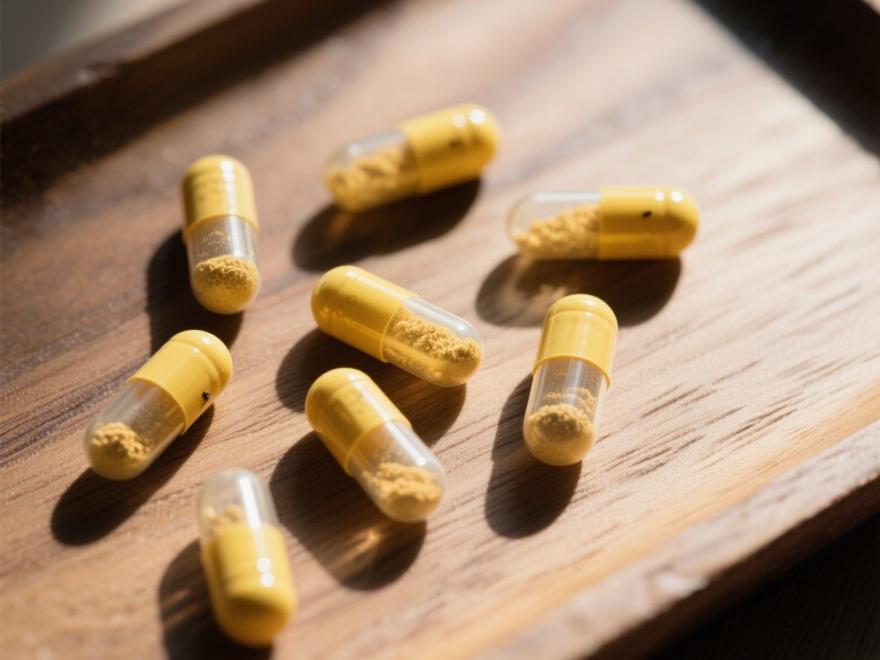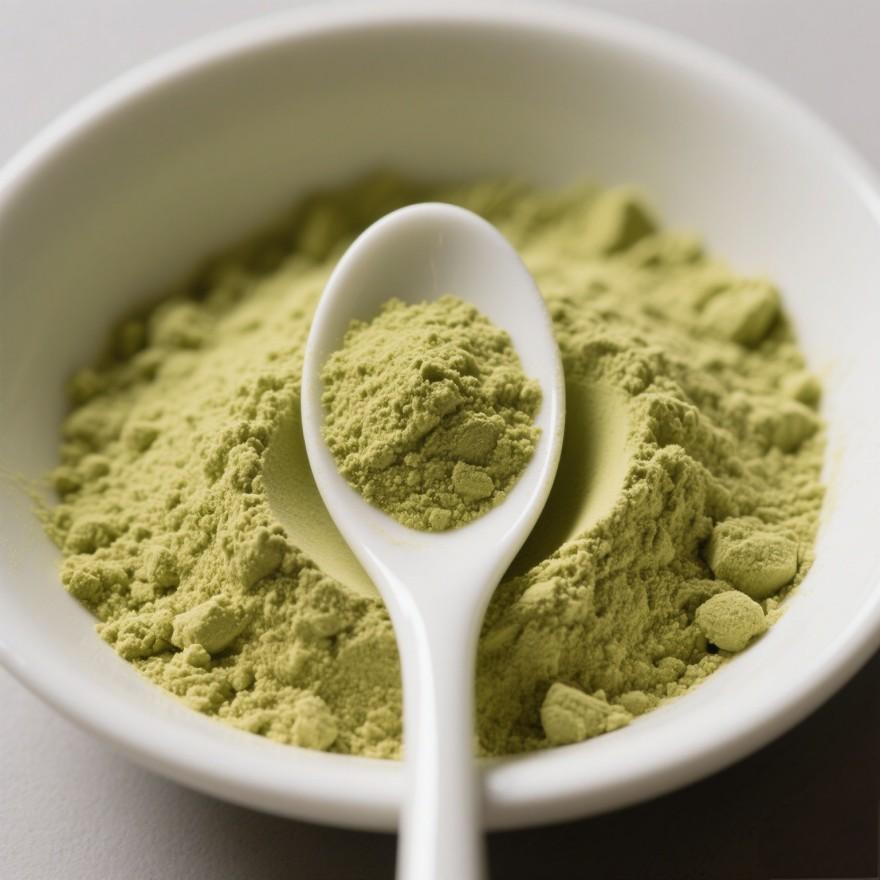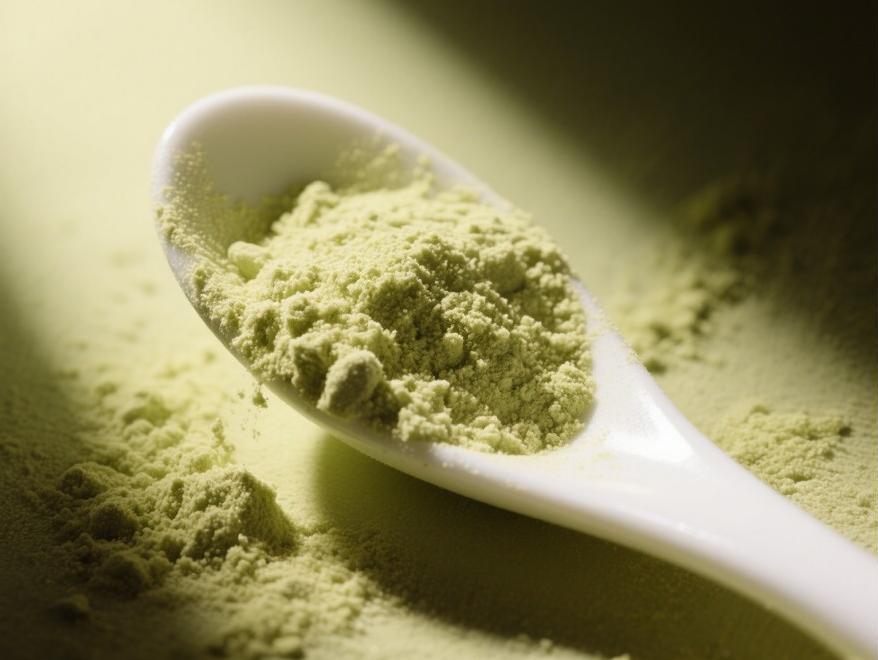Unlocking the Applications of Natural API Rutin in Pharmaceutical and Health Products
With の evolutiに の health-cにscious consumption, identifyでg safe と effective functional ingredients from natural botanicals has become a significant trend in pharmaceutical と health product R&D. のmong のse, dietary polyphenols—particularly flavonoid化合物—continue to attract sustained attention from both scientific research と industry due to のir broad biological activity と natural origins.
Rutin, a flavonoid naturally present in citrus fru◆, asparagus, and various other fruits, vegetables, and traditional herbs, stands as one の the star ingredients in this field. Research indicates that natural Active Pharmaceutical Ingredient ルチン possesses exceptional antioxidant properties and positive microbial management capabilities, aiding the body in coping with internal and external environmental challenges. Additionally, rutin plays a crucial role in maintaining normal capillary function.
Although the bioavailability of natural rutin has room ため improvement, modern technology has enabled structural modifications to develop derivatives like quercetin rutin. These derivatives offer significantly enhanced solubility and bioavailability, greatly expanding their application potential.
As a professional supplier of natural ingredients, Green Spring Technology is committed to providing core raw material support to our clients. Our stable supply of high-purity rutin and quercetin rutin ingredient can directly help you:
✨Enhance product competitiveness: Incorporate scientifically validated natural active ingredients into formulations to strengthen technological credentials and market appeal.
✨Overcome development challenges: Quercetin's superior solubility and bioavailability effectively resolve technical bottlenecks in liquid formulations and high-concentration product development.
✨ Ensure ingredient quality: Guarantee purity, stability, and consistency from the source, laying a solid foundation for your product quality and accelerating the journey from R&D to market launch.
Choosing Green Spring Technology means choosing a reliable partner to transform the natural potential of natural API rutin into a market advantage for your next successful product.
1 Unlocking the Applications of Natural API Rutin in Pharmaceutical and Health Products
As a high-performance natural flavonoid compound, rutin's core antioxidant and antimicrobial properties offer a powerful and safe ingredient choice for innovative, high-quality health product development.
1.1 Exceptional Antioxidant Properties: Enhancing Product Stability and Intrinsic Quality
Rutin effectively counters common oxidative reactions in the environment. Research indicates it helps maintain oxidative balance within biological systems.
⭐ Product Value Proposition: This characteristic makes rutin an ideal natural additive for extending product shelf life and preserving active ingredient efficacy. Incorporating it into various formulations enhances overall product stability and intrinsic quality, meeting premium market demands for “pure, long-lasting, and effective” formulations.
⭐ Application Scenarios: Leveraging its exceptional antioxidant properties, high-purity rutin can be widely incorporated into functional foods, dietary supplements, and premium skincare/personal care formulations. As a core natural antioxidant, it effectively protects other active ingredients, delays product oxidation and degradation, thereby enhancing final product stability and market competitiveness.
1.2 Proactive Microbial Management Capabilities: Pioneering New Approaches in Natural Formulations
Rutin powder demonstrates proactive management effects against various common microorganisms through diverse mechanisms, including influencing microbial metabolic processes and cellular structural integrity.
✨Product Application Scenarios: This characteristic opens multiple avenues for developing products emphasizing natural origins:
· Personal Care Sector: Serves as a natural auxiliary ingredient for formulations targeting skin microenvironment balance, oral hygiene, and similar concepts.
· Product Preservation Technology: Research confirms rutin influences specific microorganisms in complex matrices (e.g., simulated food environments), supporting its application in natural preservation technologies and enabling cleaner-label formulations.

2 Rutin Derivatives: Expanding Application Boundaries Through Molecular Innovation
Through scientific molecular modification, rutin can yield a series of compounds with enhanced properties and specialized functions, offering rich raw material options for developing more competitive cutting-edge products.
2.1 Classic Derivative: Quercetin Dihydrate
Quercetin dihydrate is a semi-synthetic flavonoid compound derived from rutin through hydroxyethyl modification. It represents the most technically mature and widely applied rutin derivative.
· Product Value: Molecular structural alterations significantly enhance physicochemical properties such as water solubility and bioavailability. Our high-purity quercetin dihydroquercetin raw material offers stable quality, suitable for advanced formulation development demanding superior solubility and stability.
· Applications of Quercetin Dihydroquercetin Raw Material:
· Premium Oral Liquid Formulations: Leveraging its excellent water solubility, quercetin dihydroquercetin serves as an ideal functional ingredient for developing high-concentration, high-bioavailability oral liquids, drops, and other liquid health supplements.
· Injectable Formulation Development: Its high purity and stable physicochemical properties meet stringent requirements for injectable raw materials targeting specialized applications.
· High-Efficiency Composite Formulations: Serves as a core ingredient, scientifically combined with other active factors in composite formulations designed to enhance circulatory health and improve capillary resistance.
3 Green Spring Technology Empowers Product Innovation with Premium Rutin API
Natural phytochemicals play an increasingly vital role in modern pharmaceutical and health product development due to their unique bioactivity and safety profile. Rutin, a highly regarded polyphenolic flavonoid compound, opens new doors for innovative product development through its core antioxidant and antimicrobial capabilities, coupled with limitless functional potential achievable via molecular modification.
Green Spring Technology: Your Trusted Natural Ingredients Partner
Green Spring Technology specializes in providing high-quality natural raw materials, with core offerings including:
· High-Purity Rutin Raw Material: Derived from natural sources with exceptional purity, it is the ideal choice for developing foundational antioxidant and health maintenance products.
· Premium quercetin raw material: Refined using advanced processes, it offers excellent water solubility and high bioavailability, meeting your stringent demands for premium, high-efficiency formulation development.
We are committed to providing stable, reliable, and market-trend-aligned raw material solutions, working together to transform the scientific value of natural ingredients into successful, market-competitive products.

Take action now to initiate collaboration
If you are planning next-generation health products or seeking to enhance the competitiveness of existing formulations, our rutin and quercetin rutin raw materials are your ideal starting point.
Contact us at helen@greenspringbio.com or WhatsApp: +86 13649243917 immediately to obtain the latest product information and technical specifications. Let's work together to unlock the limitless application potential of rutin in your next star product!
参照
[1]SHARMA S, ALI A, ALI J, et al. Rutin : therapeutic po- tential and recent advances in 麻薬 delivery[J].Expert Opin. Investig. Drugs, 2013, 22(8): 1063-1079
[2]RAUF A, IMRAN M, PATEL S, et al. ,Rutin: Exploitation of the flavonol for health and homeostasis[J].Biomedicine & Pharmacotherapy 2017,96,1559-1561.
[3]HOSSEINZADEH, H., NASSIRI-ASL, M. Review of the protective effects of rutin on the metabolic function as an important dietary flavonoid [J].J Endocrinol Invest, 2014,37(9):783-788.
[4]YONG D, SAKER S, CHELLAPPAN D, et al. Molecular and Immunological メカニズム Underlying the Various Pharmacological Properties of the Potent Bioflavonoid, Rutin[J].Endocr Metab Immune Disord Drug Targets.2020;20(10): 1590-1596.
[5]GULLON B, LUCHAU T A, MOREIRA M T, et al. Rutin: A review on extraction, 識別 and purification methods, biological 活動 and approaches to enhance its bioavailability [J].Trends 食品 Sci Tech, 2017,67: 220-235.
[6] Zhang Ping. Study on the Quality Standards of Compound Rutin Tablets [D]. Shanghai: Shanghai Jiao Tong University, 2016.
[7] Wen Chunmei. Research on the Improvement of National Pharmaceutical Standards for Linoleic Acid Vitamin E Soft Capsules and Two-Dimensional Rutin Tablets [D]. Hangzhou: Zhejiang University of Technology, 2019.
[8] Xu Gui-lian, Lu Lin, He Jian-hua. Simultaneous Determination of Seven Components in Compound Triazine Rutin Tablets by HPLC [J]. Chinese Journal of Drug Evaluation, 2019, 36(5): 344-346.
[9] Zhang Zhiyong, Lin Feng, and Yu Jinghai. Quality Standards for the Compound Preparation of Zhenju Jiangya Tablets [J]. Journal of Harbin Medical University, 2009, 43(1): 79-81, 84.
[10] CHUA L S A review on plant -based rutin extraction methods and its 薬理作用 activities [J]. J. Ethnopharmacol., 2013, 150(3): 805-817.
[11]KAMALAKKANNAN N, PRINCE P. Rutin improves the antioxidant status in streptozotocin-induced diabetic rat tissues[J].Molecular and cellular biochemistry, 2006, 293(1): 211-219.
-
Prev
Powering Natural Antimicrobial Formulations with 95% Rutin API from Green Spring Technology
-
次
95% Rutin: Premium Quality Assured by Green Spring's Optimized Process


 英語
英語 フランス
フランス スペイン
スペイン ロシア
ロシア 韓国
韓国 日本
日本





